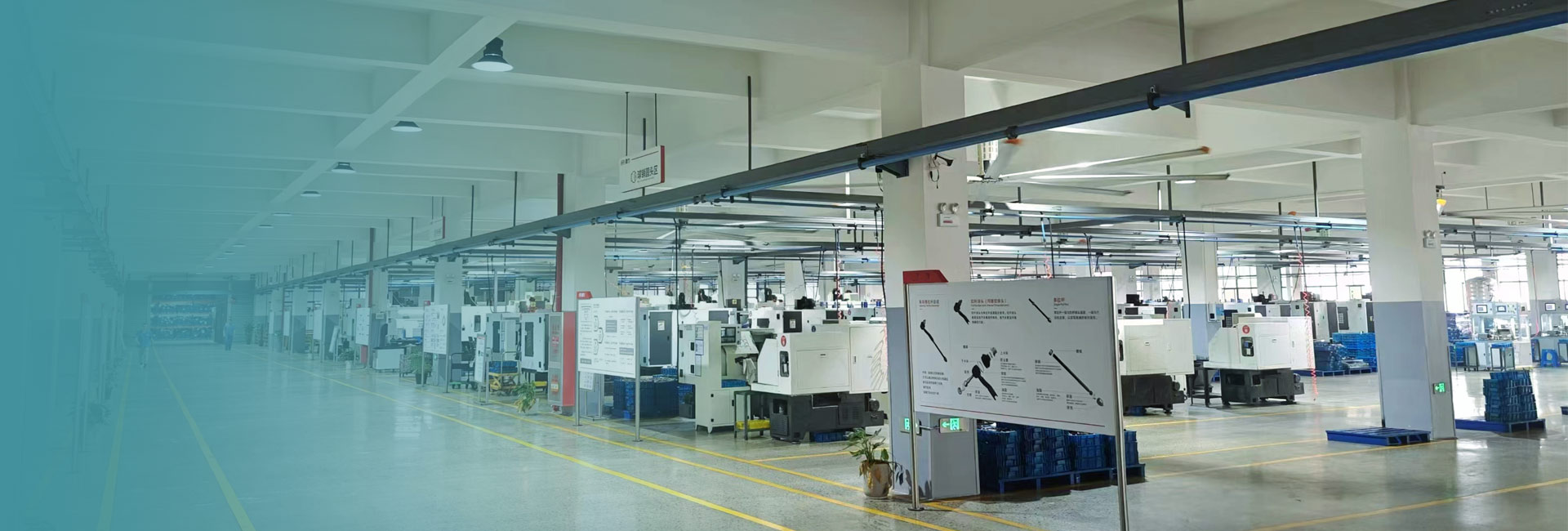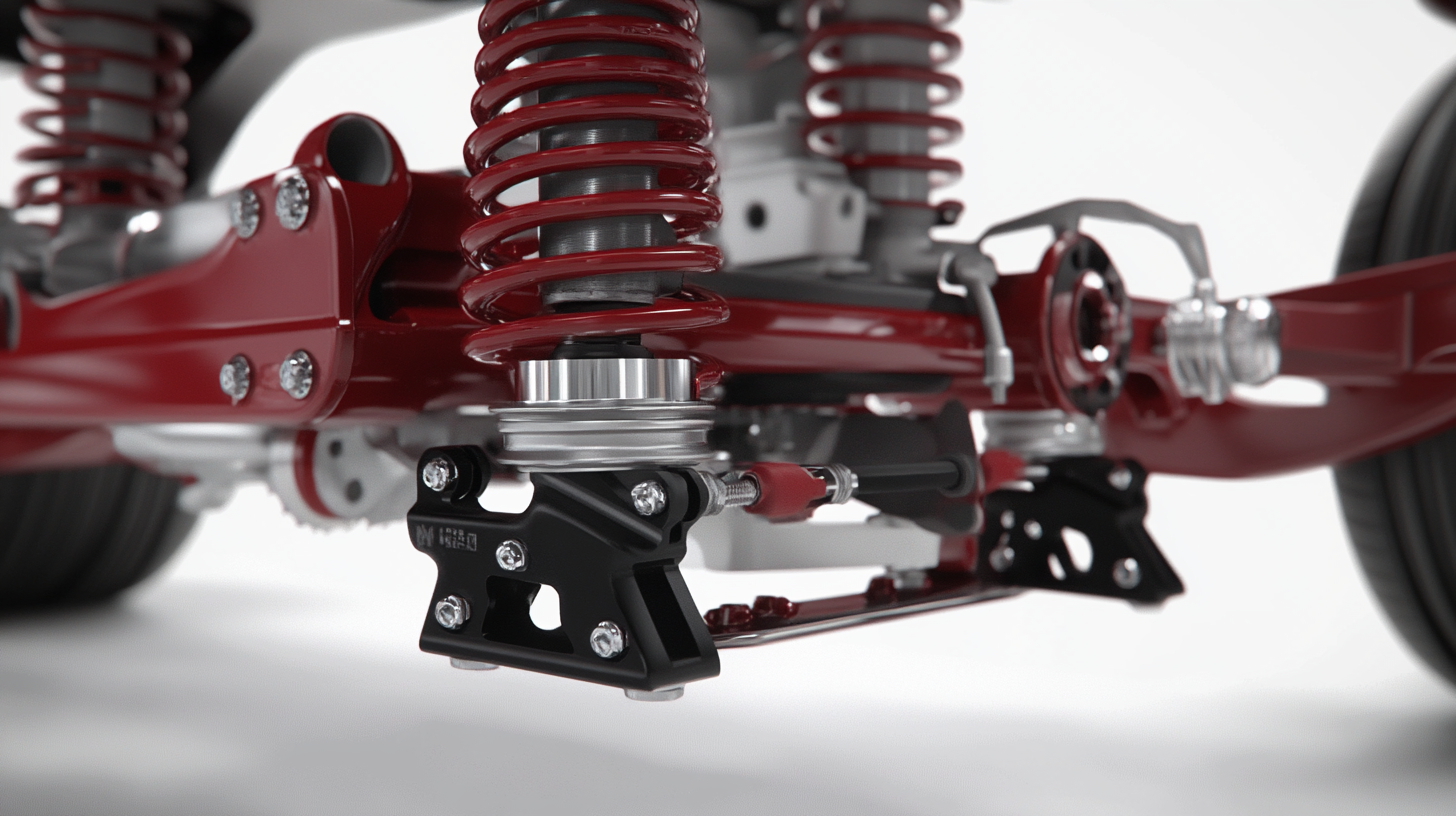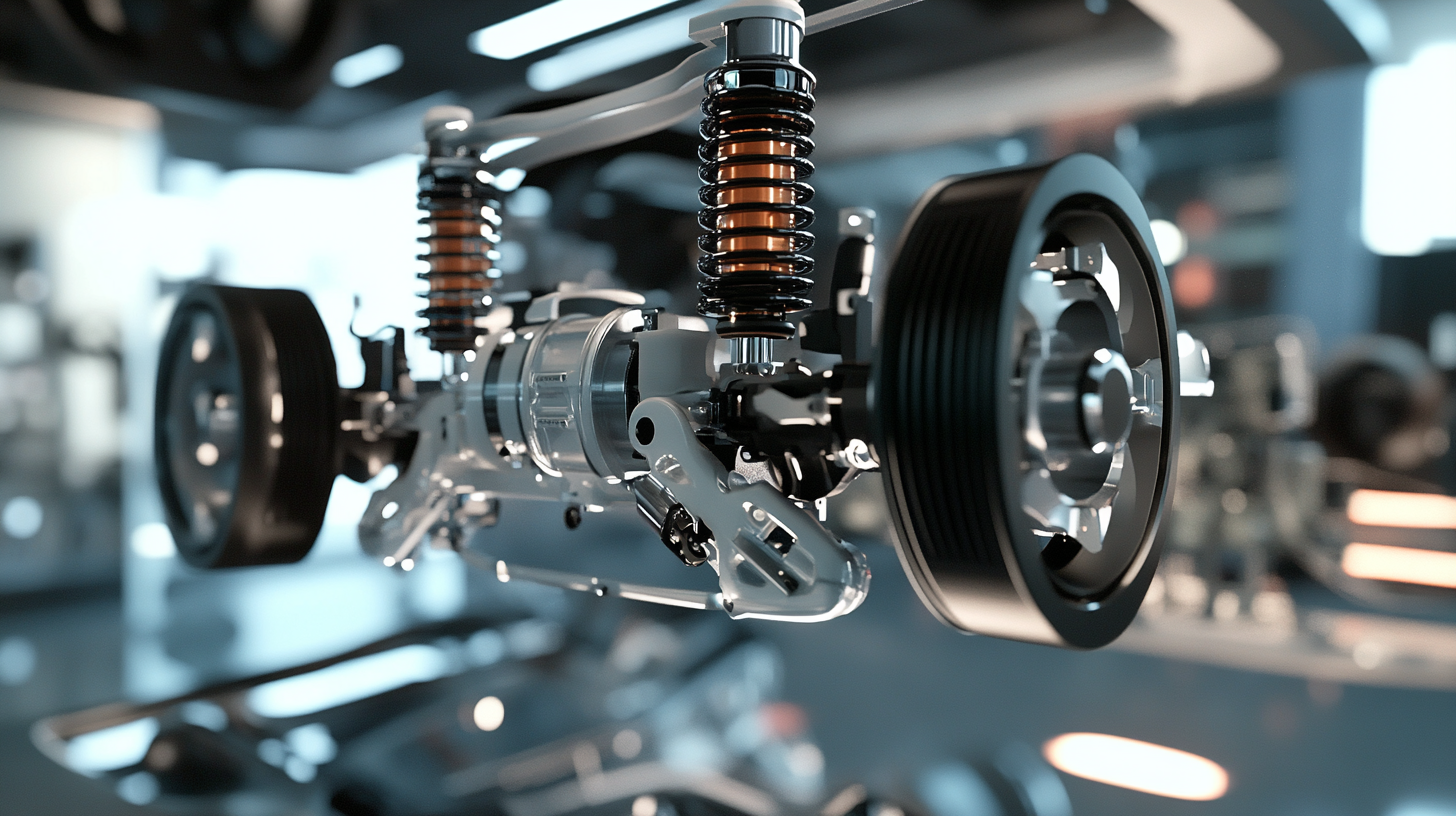In recent years, the automobile industry has witnessed groundbreaking innovations in suspension systems, significantly enhancing vehicle performance and passenger comfort. Modern technologies such as adaptive suspension, actively controlled damping, and air suspension systems have revolutionized how drivers experience the road. These advancements not only contribute to a smoother ride but also improve handling and stability, ensuring that vehicles respond better to varying road conditions.
One key innovation is the implementation of adaptive suspension systems, which utilize sensors to monitor road conditions in real time. This allows the suspension to automatically adjust its firmness, providing optimal comfort and control. For drivers looking to maximize their vehicle's performance, considering a vehicle with this technology could greatly enhance their driving experience.
Tips for choosing the best suspension system include evaluating your driving habits and the typical road conditions you face. If you navigate rough terrains frequently, look for vehicles equipped with air suspension, which can adjust to changing conditions for better ground clearance. Additionally, seek out models that offer customizable settings, allowing you to switch between comfort and sport modes depending on your driving needs. By understanding these innovations and tips, you can select the ideal suspension system for your automotive requirements.







